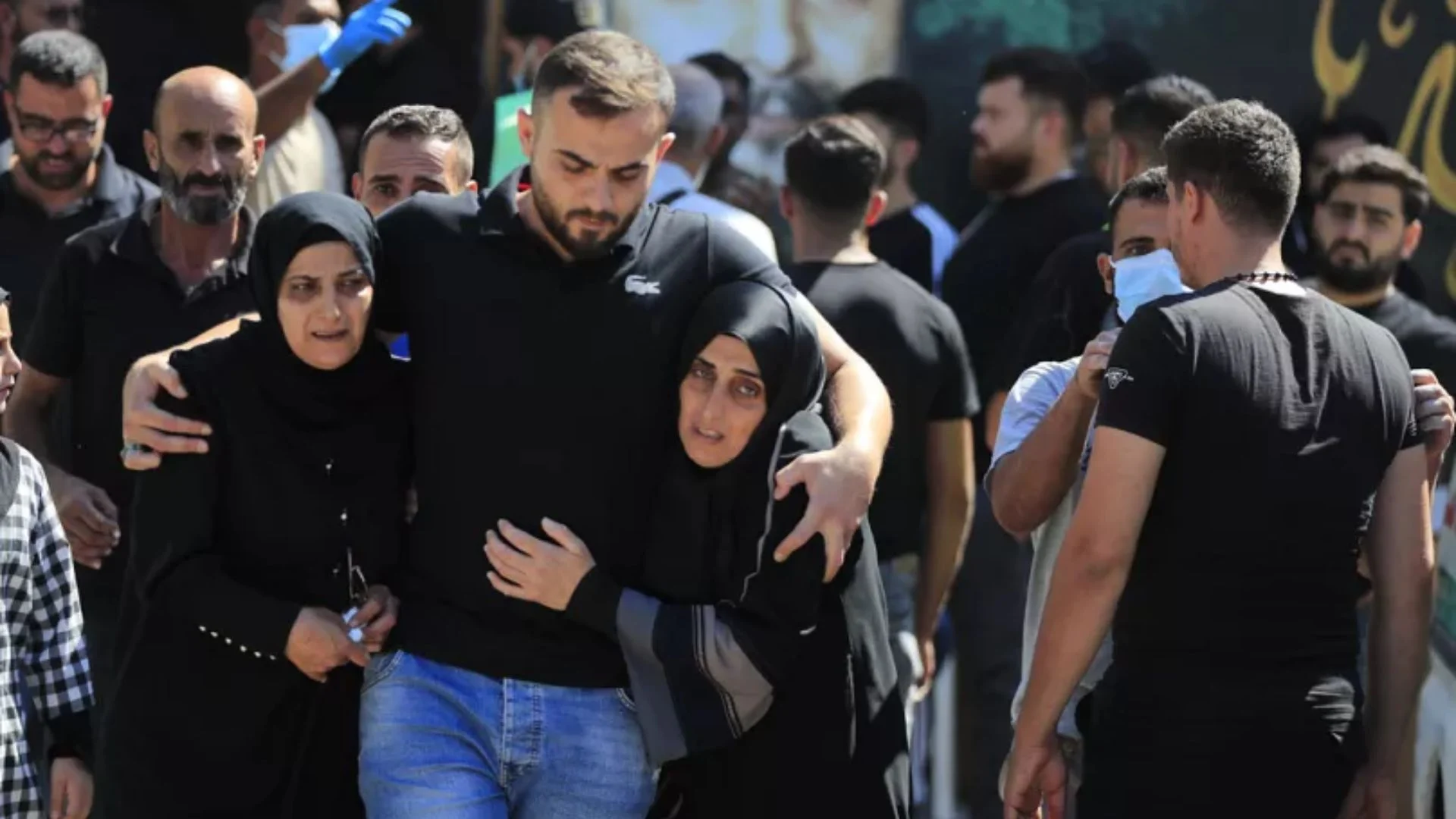Devastation Across Shiite Communities
As the conflict between Israel and Hezbollah intensifies, Shiite communities around Lebanon are disproportionately affected, enduring immense loss and destruction. Wael Murtada, a young Shiite man, recently witnessed the aftermath of an Israeli airstrike that obliterated his uncle’s home, killing 10 people. “Who else is being attacked?” Murtada asked, highlighting the plight of civilians in areas targeted by Israeli strikes.
Israel’s military operations primarily focus on regions in southern and northeastern Lebanon and the southern suburbs of Beirut, areas heavily associated with Hezbollah. These zones are home to not only Hezbollah militants and their families but also large numbers of unaffiliated Shiite civilians. While Israel asserts its war is against Hezbollah, civilians like Murtada struggle to reconcile this claim with the rising death toll in their communities.
Cultural and Historical Losses
Beyond human casualties, Shiite communities mourn the destruction of urban centers and cultural landmarks. Entire neighborhoods in Tyre and Nabatiyeh have been reduced to rubble, while Baalbek’s historic Hotel Palmyra and Ottoman-era sites have suffered extensive damage. Mohanad Hage Ali of the Carnegie Middle East Center described the situation as “collective punishment,” with Shiite communities enduring widespread devastation.
Tensions in Refuge Areas
As displaced Shiites flee their homes, the war follows them to safer regions, causing tensions across Lebanon’s diverse sectarian fabric. Airstrikes on Christian, Sunni, and Druze areas hosting displaced Shiites have raised fears of association with Hezbollah, making it increasingly difficult for Shiite families to find refuge.
Shadow of the Dahiyeh Doctrine
The so-called Dahiyeh doctrine, employed by Israeli forces during the 2006 Israel-Hezbollah war, has amplified Shiite suspicions of collective targeting. A recent Israeli military video further fueled these fears, depicting a southern Lebanese village as a “terror base” and suggesting Hezbollah’s integration within civilian areas.
Israel denies targeting civilians or attempting to disrupt Lebanon’s social harmony. Military officials cite evacuation warnings as measures to minimize harm. However, many Lebanese, including Shiites, blame Hezbollah for escalating the conflict by firing rockets into Israel in solidarity with Hamas, a move that defied promises to use arms only for Lebanon’s defense.
For Lebanon’s Shiite civilians, the war represents not just a battle between Israel and Hezbollah but a profound human and cultural tragedy.














